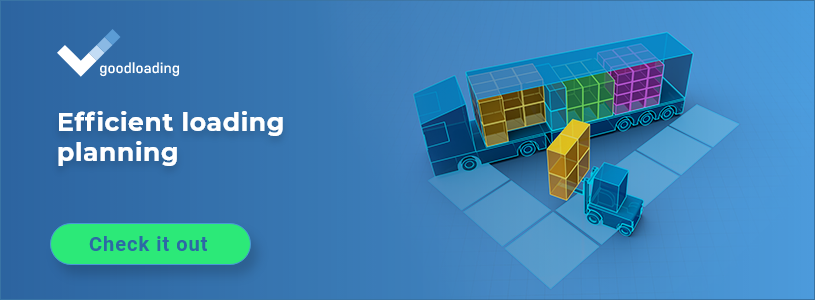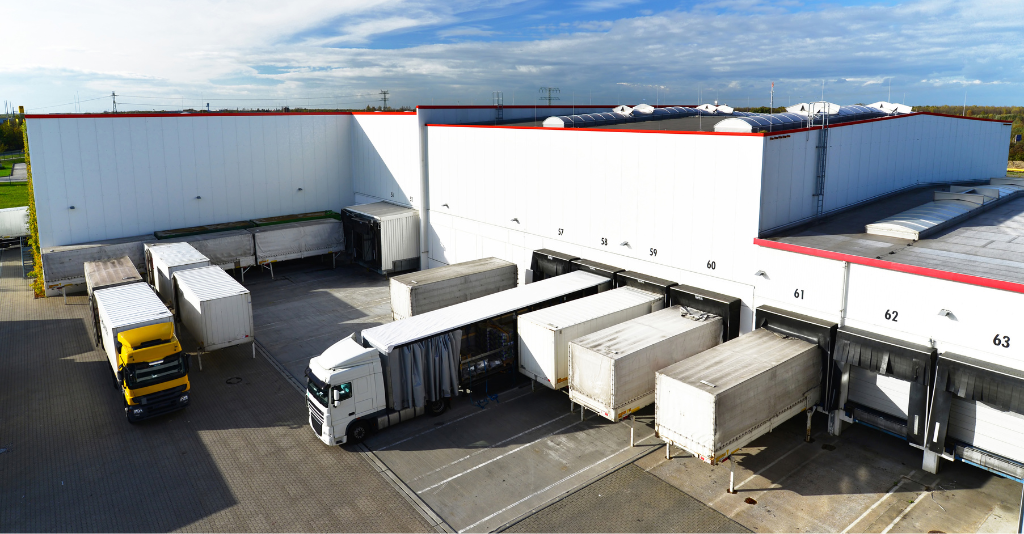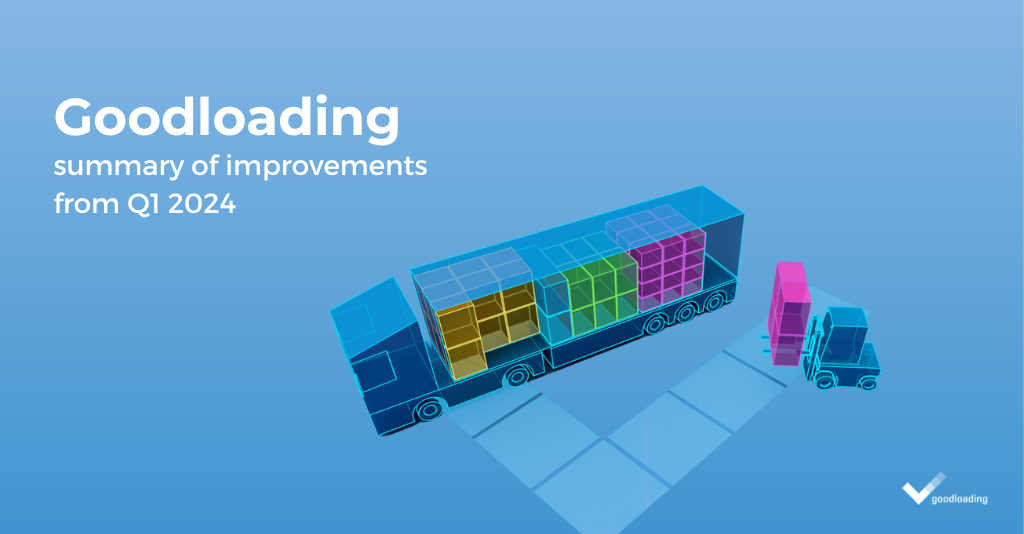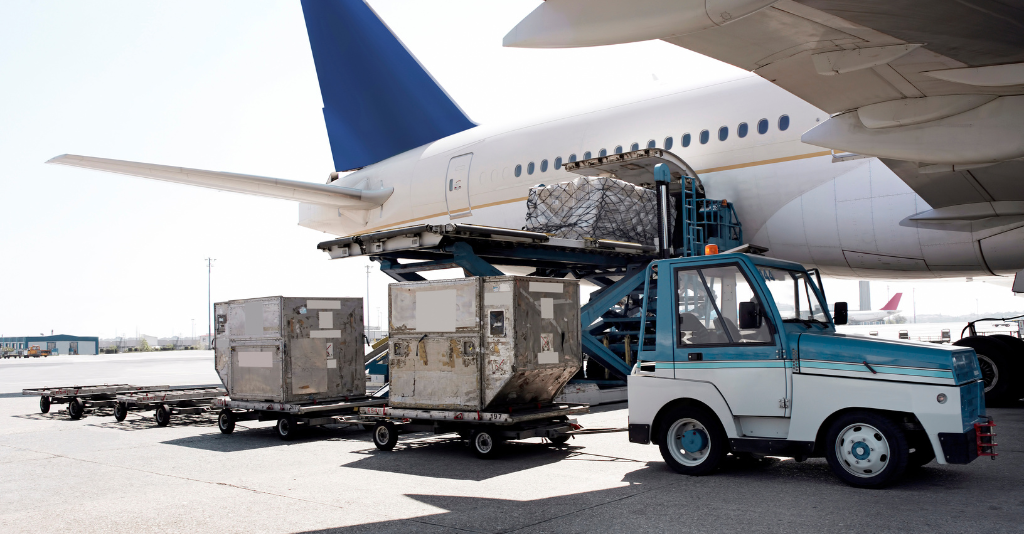January 17, 2023
Truck transport
Platooning – is it the future of road transport?

Constantly evolving technology makes our lives easier in every way. The same applies to the transport industry, which can recognise the benefits of using modern solutions. Although the idea originated in the previous century, platooning turns out to be an incredibly interesting innovation with many advantages and the potential to have a positive impact on supply chain efficiency.
What is platooning?
Platooning is the combination of several trucks into one column, which is controlled by a single driver from the first vehicle, while using modern technology. The other vehicles are automated and follow the first one. In order to make everything work properly, the following technologies must be used:
- Communication systems – which keep the vehicles in the column in close contact and are able to exchange information. This could be radio or 5G-based connectivity.
- Automated control systems – to allow vehicles to move along the specified route at a sufficient distance from one another, they are equipped with cameras, radars or dedicated laser scanners.
- Autonomy control systems – determine how automated vehicles are and which actions require the driver’s involvement.
Platooning aims to increase the efficiency of road transport by reducing delays and costs, as well as improving road safety. It is somehow a response to the shortage of professional drivers, which is becoming more and more noticeable every year. In this case, one driver is needed for the entire column. Platooning can be especially useful for long-distance routes where constant speed and distance between vehicles can be maintained.
How did it start?
The idea of platooning emerged back in the 1950s, when researchers started developing the concept of combining several vehicles into a single column by means of communication and automated control systems. However, only in recent years, thanks to the introduction of advanced technologies, has platooning started to develop more rapidly. It is now more widely implemented in real road conditions and tested in many countries around the world.
How is platooning being developed now?
At the moment, researchers are mainly focusing on the development of technology that automates heavy-duty vehicles and on communication systems to allow the exchange of data between vehicles in a column. Various studies and tests are performed on public roads and on specially prepared test tracks.
Many transport companies and truck manufacturers are currently working on this technology as well as on the relevant regulations to enable its widespread implementation. Platooning is currently being tested in Europe – Germany, the Netherlands, the UK, Belgium, Sweden and Italy, among others. In the US, this technology is being developed by, for instance, Tesla, which intends to bring automated and platooning-capable trucks to the market. Globally, tests are also running in Japan, China, Australia and Canada.
These tests measure how platooning technology influences transport efficiency, road safety as well as fuel consumption and emissions. Different models of cooperation between vehicles in tandem are also being tested, for example the one where a single driver controls the entire column. It is also possible to put drivers in each vehicle, however, the column is steered by one of them only.

How could the logistics industry benefit from this technology?
Platooning demonstrates great potential to substantially increase road transport efficiency in the future. The main benefits of implementing this technology include:
- Reducing delays and costs – vehicles in a column can travel at a much higher constant speed than individual ones, which have to slow down and accelerate due to the traffic conditions. Transport costs can be lower thanks to reduced fuel consumption. This contributes to constant, economical driving and a reduction in air resistance owing to the short distance between vehicles.
- Improved road safety – since automated control systems make it possible to maintain an adequate distance between vehicles, platooning can also help improve road safety by reducing the risk of accidents.
- Reducing emissions of harmful substances – by keeping vehicles moving at an optimum speed and distance, the fuel consumption and CO2 emissions are reduced.
- Decreasing the shortage of professional drivers – while companies are currently facing a shortage of drivers, this solution will allow them to operate trucks without a driver. However, this does not entail job losses – people will still be needed to handle and monitor the whole process.
In the future, platooning may play an important role in road transport, making it more efficient and safer. However, this requires tackling a number of technical and legal challenges, as well as acceptance by drivers and other road users.






